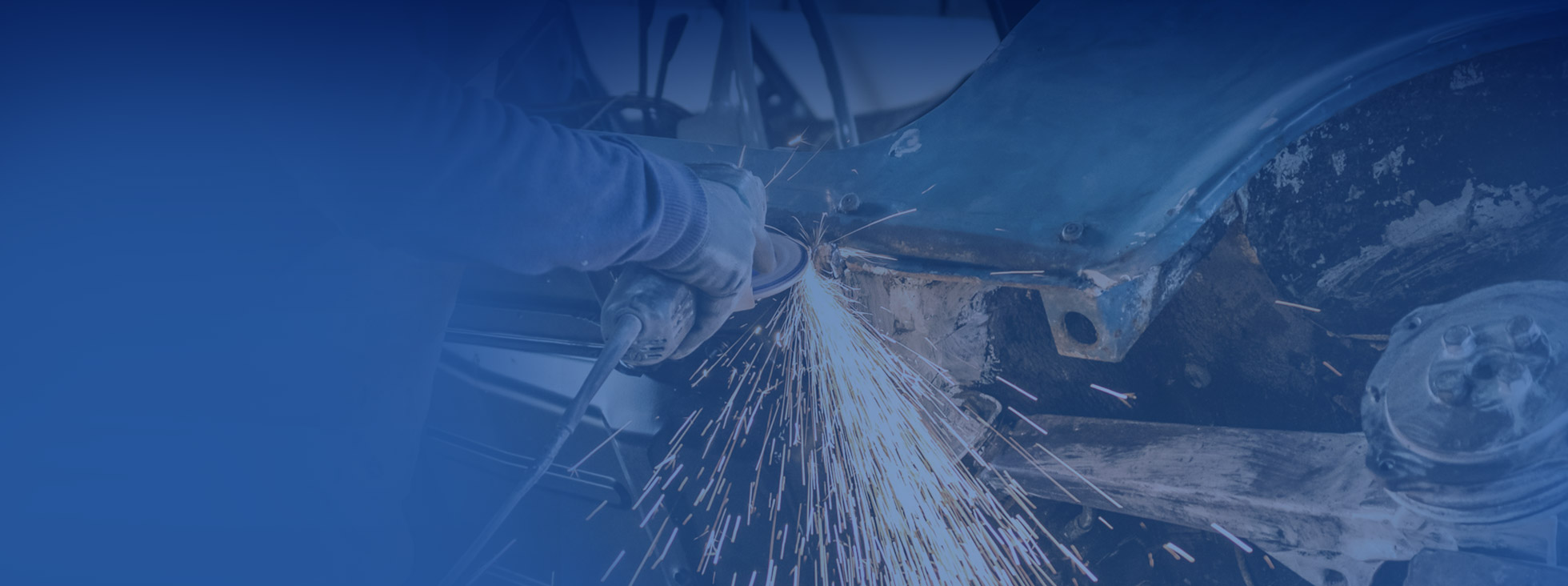
05 Nov Key components of car scratch repair
Most cars pick up a few scratches and scuffs during their lifetime, but they don’t have to ruin the appearance of your car forever. The professionals have all the latest technology and techniques to bring your car bodywork back to its former glory.
Here are the main processes your car will go through when you take it in to have a scratch repair, and why you should always take action quickly when you see a scratch on your car.
Why should you have car scratches fixed?
A scratch on your car bodywork may only seem like a minor inconvenience, but it should always be repaired as soon as possible after it occurs.
This is because your car’s paintwork acts as a barrier which protects the body from dirt, debris and environmental conditions. If any of the metal of the bodywork is exposed, it can quickly begin to rust and corrode, and this can spread.
This spoils the appearance of your car and has a negative impact on its resale value. Depending on where the corrosion is, it can also potentially make your car less safe.
You might be tempted to try and tackle a minor scratch yourself. However, car scratches should only be repaired by professionals, as they have the knowledge, experience and tools to achieve a flawless finish. If you attempt the job yourself, it can end up not being covered properly or looking unsightly, which will have negative effects on your car.
But what happens to your car when you take it in for a scratch to be repaired? Here are the steps the professionals take to get rid of scratches and scuffs on your car body.
- Clean the damaged area thoroughly
Before any repair work can begin, the damaged area needs to be completely free of any dirt or grease. It is washed thoroughly and cleaned with a specialist degreaser to make sure nothing will affect the repair.
- Sand down the scratches
For the repairs to be invisible when finished, the surface needs to be completely smooth. The scratched area has to be sanded down, either by hand or using an orbital sander, or often a combination of both. A coarse sandpaper is used to begin with, working gradually down to an ultra-fine grit, depending on the depth and severity of the scratch.
- Apply primer
Not all scratch repairs require primer, but the majority do. This is a judgment which can easily be made by an experienced professional just by looking at the scratch. However, if the scratch is deep enough that any bare metal is exposed, it always needs to be primed, as this protects the bodywork from rust and gives it a smooth surface so the paint can be applied more easily.
As primer is applied using a spray gun, the surrounding areas of the car need to be completely masked off, including lights and wheels. This way the primer will only be applied where it is needed.
Two even coats of primer are usually applied, with the first coat being dried under an infra-red heat lamp before the second coat is added. The area is then sanded and degreased again before drying with an air gun to ensure there are no stray particles remaining.
- Match the paint
Professional bodyshops use the latest technology to ensure the paint colour is an exact match. We can measure the existing paintwork in the area around the scratch, and upload the information using specialist software which enables us to mix the exact colour of your paintwork. This creates a finished repair which is flawless and completely invisible.
Your car is then protected with masking tape and a clear plastic film, so only the panel being repaired is exposed. The paint can then be applied with a spray gun in thin, even coats, using heat lamps to cure each coat before the next one is applied. The number of coats will depend on the depth of the scratch.
This process is always ideally done in completely dry conditions, as moisture can have a negative impact on the finish.
- Clear coat and polish
Once enough layers of paint have been applied to disguise the scratch completely, a clear coat of lacquer is sprayed on to give the paintwork a glossy finish. When this is dry, the area is polished thoroughly and the repair is complete.
If your car has scratches you would like professionally repaired, please contact us and we will be happy to provide you with a quote.


No Comments